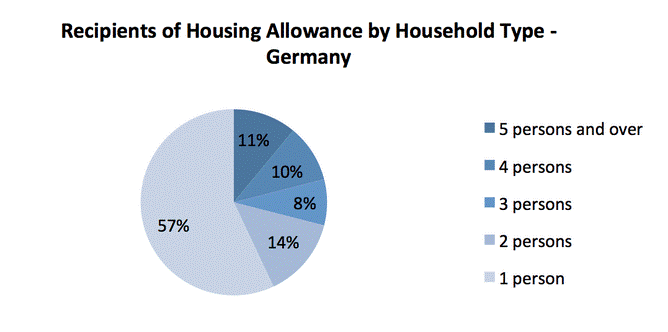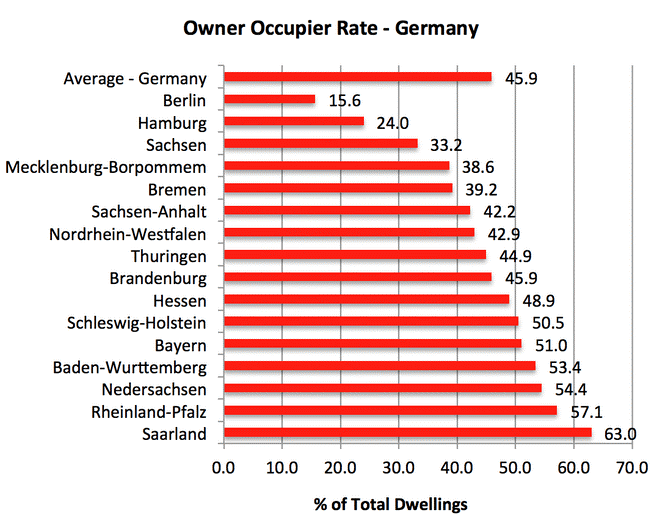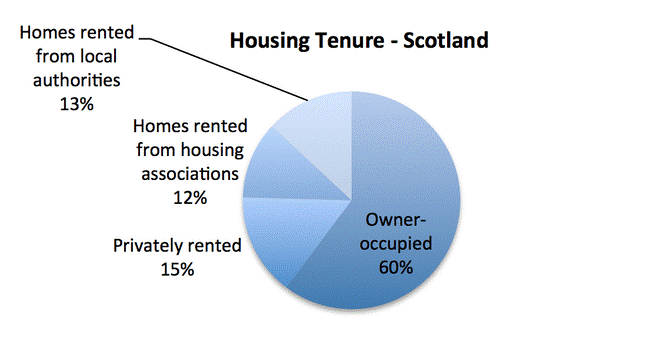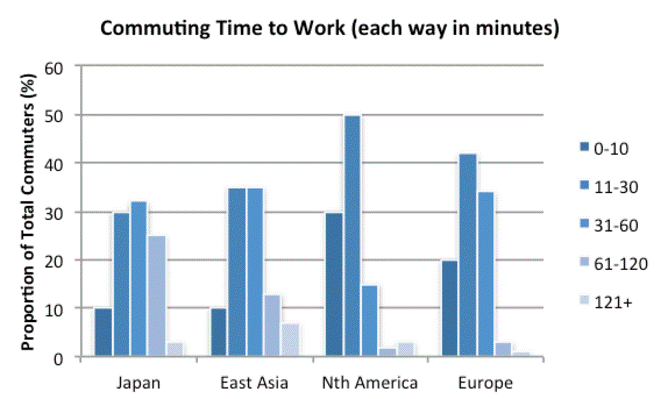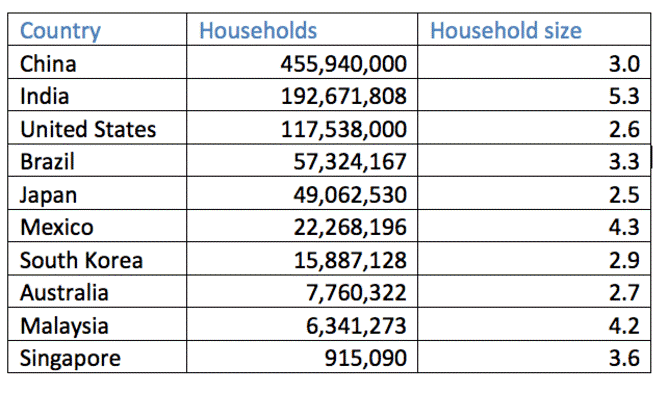Substantiating Australian Voter Claims that Housing is More Affordable Elsewhere

Please note that we are not authorised to provide any investment advice. The content on this page is for information purposes only.
Housing affordability continues to be an issue of importance to voters, with a recent Fairfax-Ipsos poll showing 69% of Australian capital city residents disagree that housing is affordable for prospective first homebuyers.
Housing affordability continues to be an issue of importance to voters, with a recent Fairfax-Ipsos poll showing 69% of Australian capital city residents disagree that housing is affordable for prospective first homebuyers.
Different countries have adopted varying approaches to improve access to affordable housing – with governments playing a central role in ensuring people are adequately sheltered, as well as being encouraged to buy housing where possible. In many countries, there is an underlying desire by households to own their own home, although renting is the norm in others.
In each case, there are specific and sometimes unique-to-that-country approaches that have helped address the issue of affordability. Here are five.
Government intervenes in the rental market
In some countries, there is a general culture of renting for accessing accommodation, rather than assuming all households should achieve home ownership. At times, renting is cheaper than buying. In Germany most households (54.1%) are renters due to the long-term intervention in the marketplace by the government, as well as the accepted culture that renting is suitable over the long-term. In Berlin, 84.4% of all households rent. Providing this amount of rental accommodation is a major challenge without substantial government intervention and/or provision of housing.
Federal Statistics Office Germany, 2011
For example, Germany paid a housing allowance to approximately 783,000 households in 2012, equating to 1.9% of all private households. However, single person households (57%) unable to compete in the open housing market with multiple income households received most of the funding.
Federal Statistics Office Germany, 2011
Other countries have acknowledged the gap between (a) the maximum amount of rent a tenant can pay and (b) the minimum level of rent a property owner will charge. For example in the US, this gap is bridged by the widespread use of a voucher system which subsidies the payment of rent to private property owners. Funding of this system is by the US government and ensures tenants can access a minimum quality of affordable housing.
Government provides affordable housing
In Singapore there is a high level of government intervention in the market with the HDB (Housing and Development Board) providing approximately 80% of all housing in the country. Approximately 90% of households in Singapore own their own home and there are grants for first time buyers and second time buyers in Singapore.
In Hong Kong about 29.7% of residents live in PRH (public rental housing) provided by the Hong Kong government. In Scotland, housing associations and local authorities undertake a large proportion of the supply of affordable housing. This collectively equates to about quarter of total housing accommodation in the market. However, the recent trend for many countries, including Australia, has been the provision of less direct housing by governments.
Housing Statistics for Scotland, 2011
Cities embrace higher density housing
There are numerous examples of global cities making better use of limited inner-city land supply by encouraging higher density living in high-rise units or condominiums, especially in Asian cities including Hong Kong, Macau, and Singapore. The provision of affordable housing for purchase or renting is therefore more likely achievable in these circumstances due to minimal land use and higher densities. However, many European cities or locations with a resistance due to cultural preferences for detached housing do not commonly accept high-rise living.
Public transport allows residents to commute to less expensive housing
The main driver of where a household lives is the need to be close to their workplace. As more affordable housing is usually located away from the central business district, households can buy cheaper homes but the trade-off is additional commuting time to work. When this extended commuting time (e.g. up to 2 hours each way) is combined with improved transport infrastructure such as in Japan, it is possible to access affordable housing in outlying satellite towns and cities where land is more affordable. Therefore, governments, which improve road and public transport infrastructure, also increase access to affordable housing.
(Japan Guide, 2000)
Multiple person households are encouraged
Lower demand is achievable by limiting population levels and underlying demand for housing. However, while this may not be an option for many governments, another option is to encourage multiple person households which otherwise would remain as single person households. According to the ABS (2012) in 1911 the average persons per household was 4.5, decreasing to 2.7 persons per household by 1991.
List of countries by number of households
Five reasons housing is more affordable overseas is republished with permission from The Conversation

